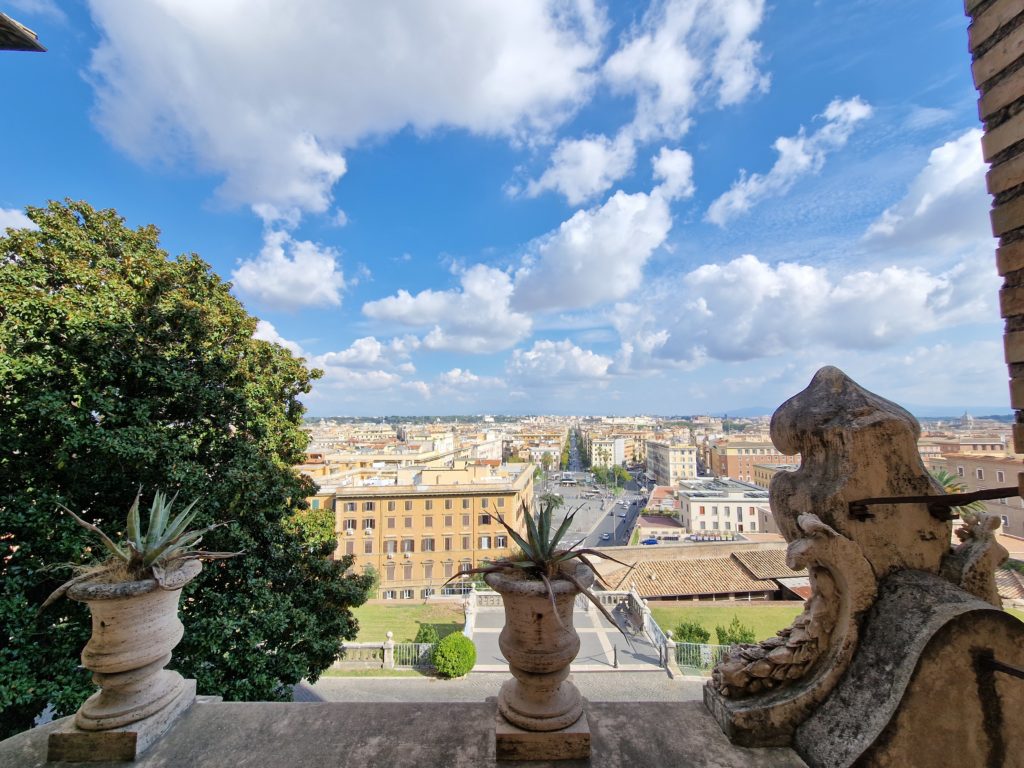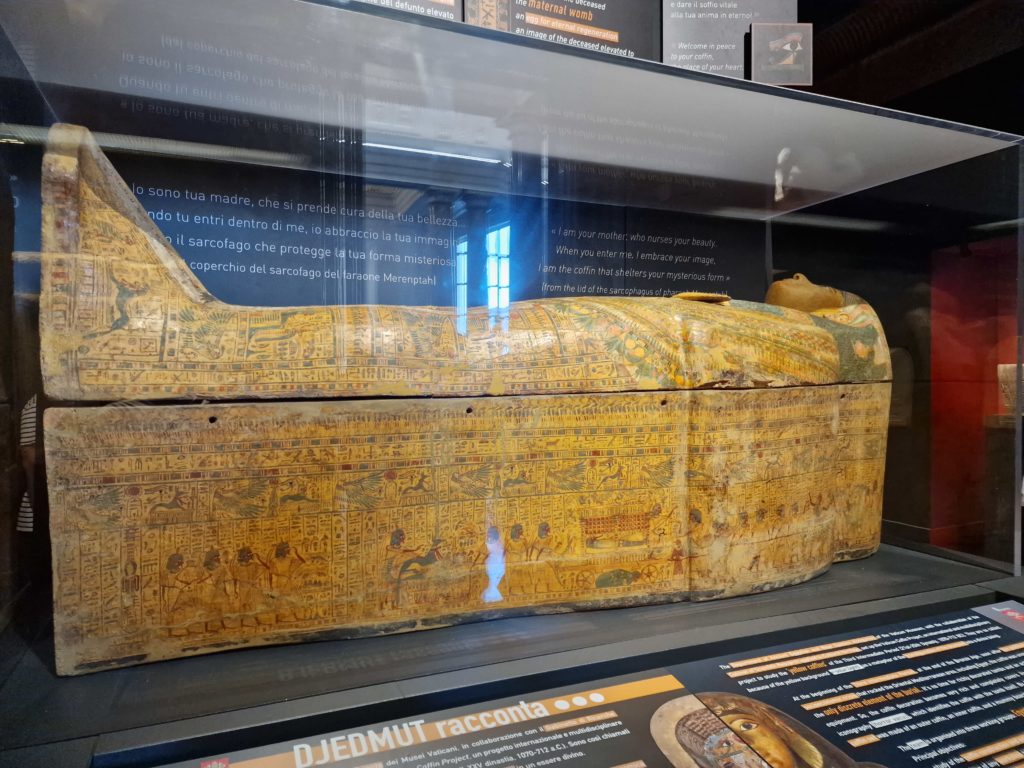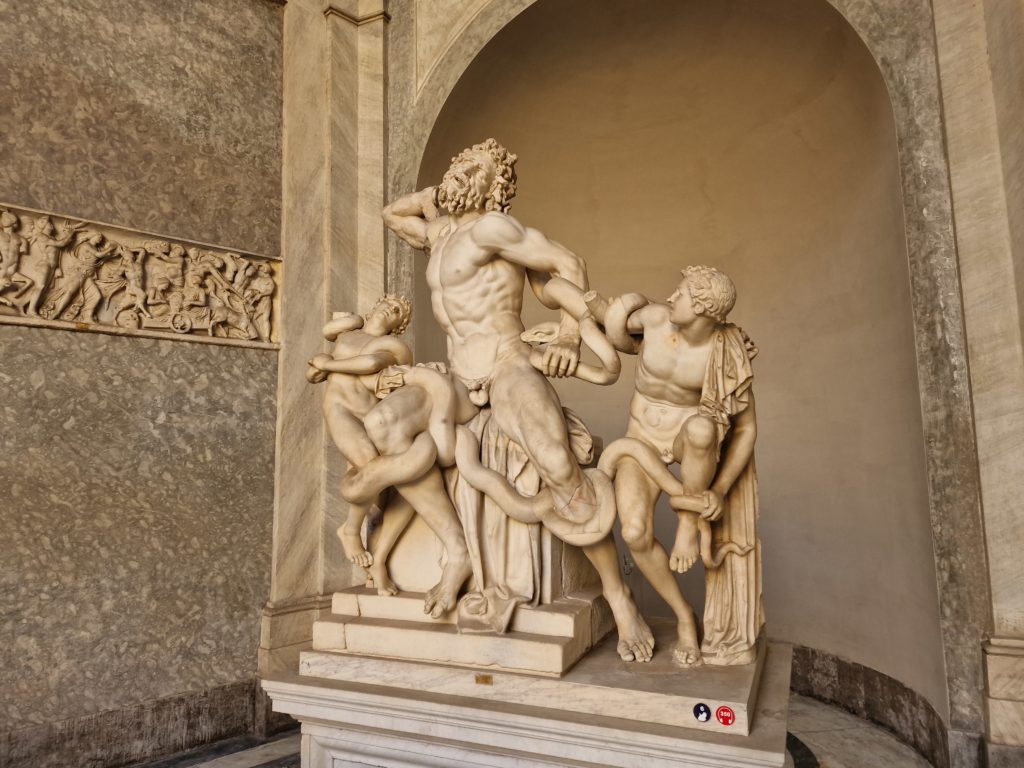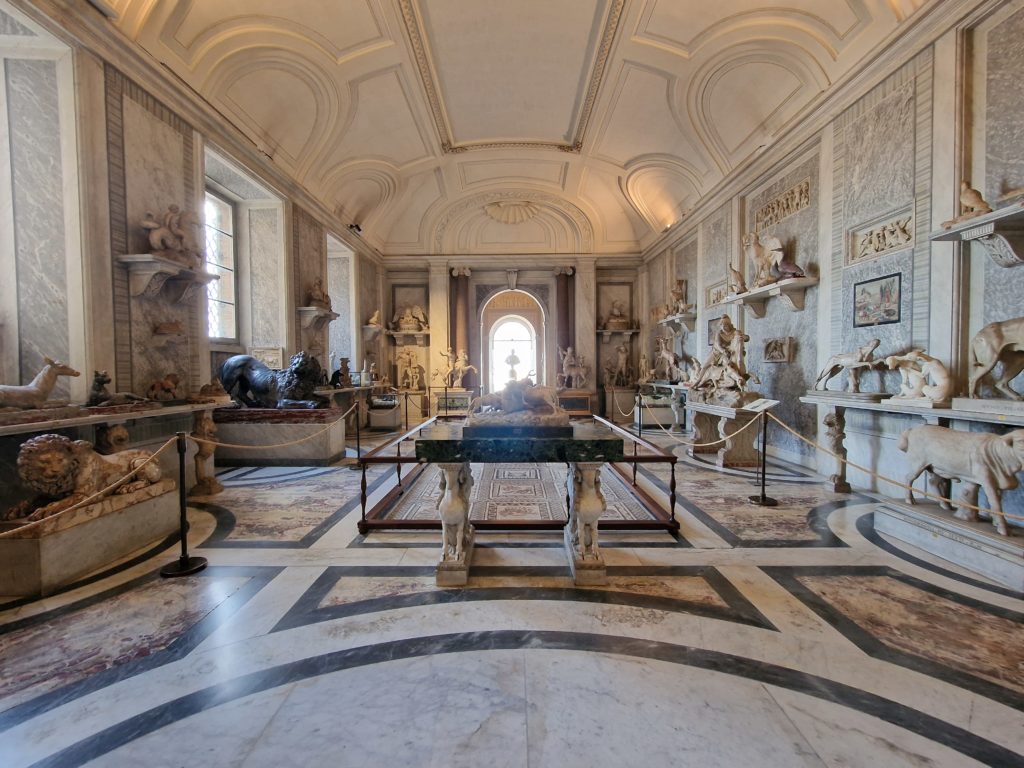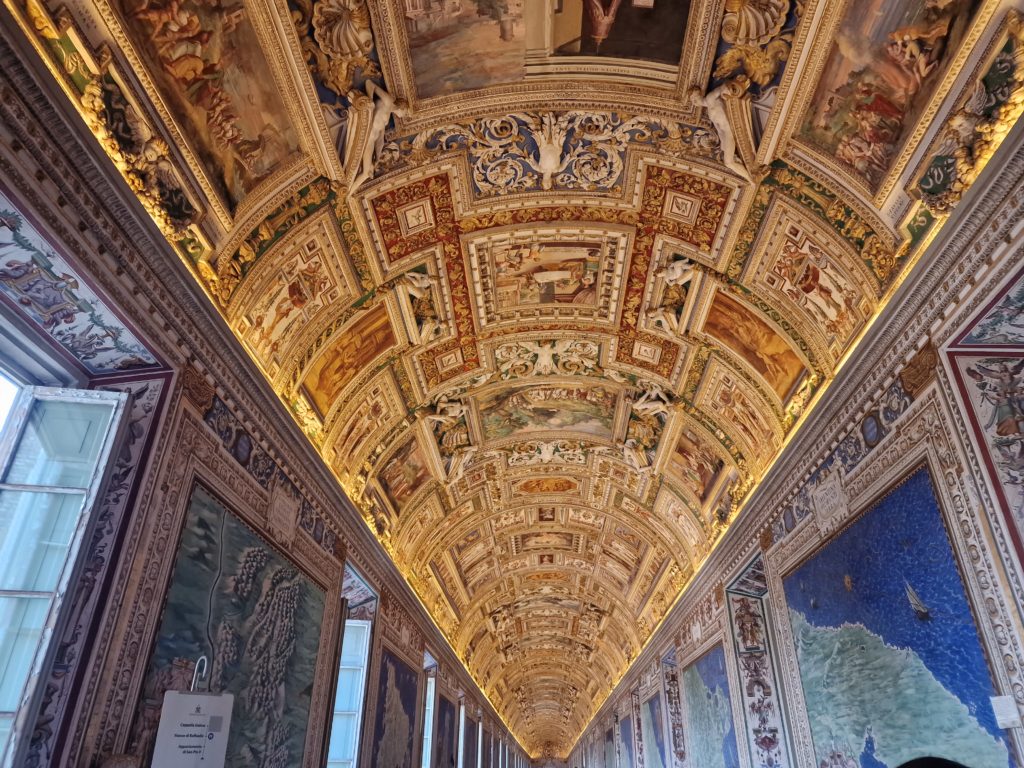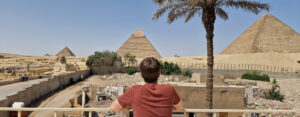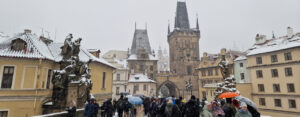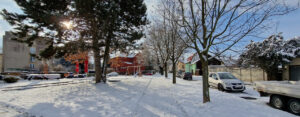
Land of Pope and Glory
You re-join us in the smallest, and quite possibly the most peculiar, nation on earth as we began to make the intrepid journey halfway across the entire country from Saint Peter’s Square to the renowned Vatican Museums, a journey of a little over fifteen minutes by foot. You must keep your wits about you, however, as all manner of tourist traps and stubborn street sellers line the chaotic route, plying you with their wares. Thankfully, tourist tat was exactly what we were looking for in the form of a new magnet to adorn our increasingly cluttered fridge door, an absolute essential when entering a new country.
Previous popes, of which there have been more than two hundred and sixty, have all been quite keen collectors of everything from Renaissance paintings to 14th-century tapestries to Egyptian artefacts. While the British Museum was pillaging and plundering their own vast hoard from around the world, the popes collectively said, “hold my dove”, and increased their collecting speed. Currently, the museums hold over 70,000 works of one or another which equates to approximately eighty-eight per Vatican resident or five hundred and seventy-nine works per acre of its modest territory, quite bizarre.
Having said all of that, many of the sculptures and paintings were either made for the papacy or bought ‘legally’ by the papacy, while the Vatican’s crown jewel is, of course, the Sistine Chapel itself, which we will come on to later. There are twenty-four galleries to tour in total and, as you might imagine, each one is ornately decorated and overflowing with historic relics and artefacts, many of which are quite staggering to behold, even for someone utterly uninformed like myself. Caravaggio’s commissioned a little after Henry VIII’s era and marble sculptures pre-dating David Attenborough, it was clear to see why it is one of the most visited museums this side of the Kansas Barbed Wire Museum, Kansas.
The Vatican Gallery of Maps, or the Map Room to the peasants, was a particular highlight of mine. Containing a series of forty, painted, topographical maps of Italy, the one hundred and twenty-metre-long arcade took almost as much time to complete as the ceiling of the Sistine Chapel, over three years, and is geographically 80% accurate which is quite remarkable given it was commissioned almost five hundred years ago by Pope Gregory XIII. Nevertheless, it wasn’t quite as impressive as an Ordinance Survey Landranger.
The more-than-twenty galleries are fenced in such a way that there is only one route from the beginning of the tour to the end, with the last stop being its most anticipated: The Vatican Sandwich and Snack Bar. However, the one directly before that just so happens to be the Sistine Chapel. Constructed between 1473 and 1481, the original chapel looked almost like any other, with nothing unique or special to discern it from the other sixty-five thousand churches in Italy. However, that didn’t last long. During the reign of Sixtus IV, inspiration for today’s name of the building, a crack team of Renaissance painters took to the walls, creating a series of frescos depicting the wild lives of Moses and his pal, Jesus.
Almost thirty years later, Pope Julius II decided that the walls were not enough, hiring Michelangelo to put a lick of Dulux on the ceiling too. Unfortunately, he took this task far too seriously and, four years later, had completely covered it in all manner of religious figures from Moses, a popular choice, to an angel selling ornamental candlesticks. Still not satisfied, he returned another thirty years later to splatter some more: The Last Judgement to be exact, on the great wall behind the altar. Upon entering the chamber and perceiving his work for the first time, and after dodging the copious “no camera” guards, we soon discovered why his efforts are regarded as one of the most remarkable artistic accomplishments of humankind. It is simply astonishing. And that is from someone who has witnessed firsthand Rolf Harris’ finest pieces.
We sat until our necks creaked from the prohibitive angle and the Texan tour group, which we had been avoiding all tour, made their deafening entrance before escaping to the snack bar to digest our absorbing experience over a bitter brewski; who knew that beer was on the Sistine Chapel menu? It was a wonderful ending to our travails around the smallest nation on earth which, gratefully, offered many a surprise and a moment of sheer awe thanks to Michelangelo’s left hand, and extreme patience. Next stop, Naples.
J

